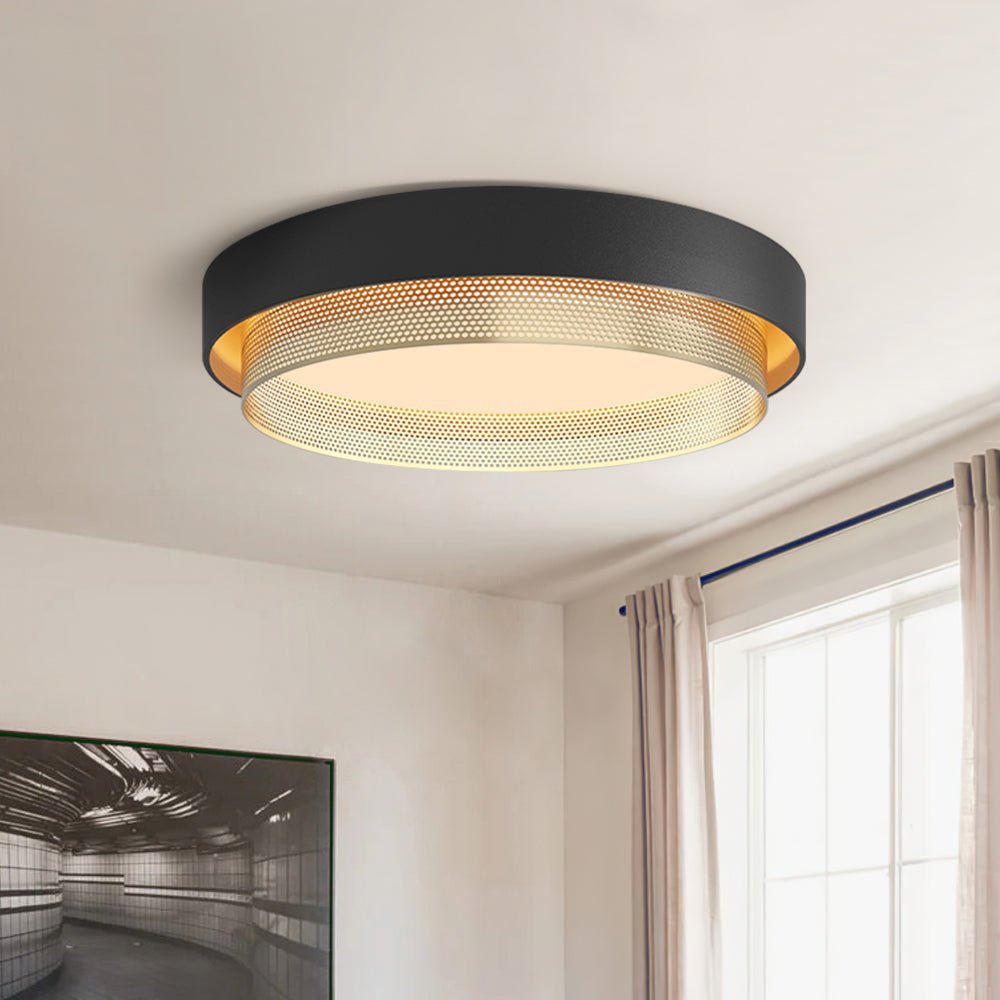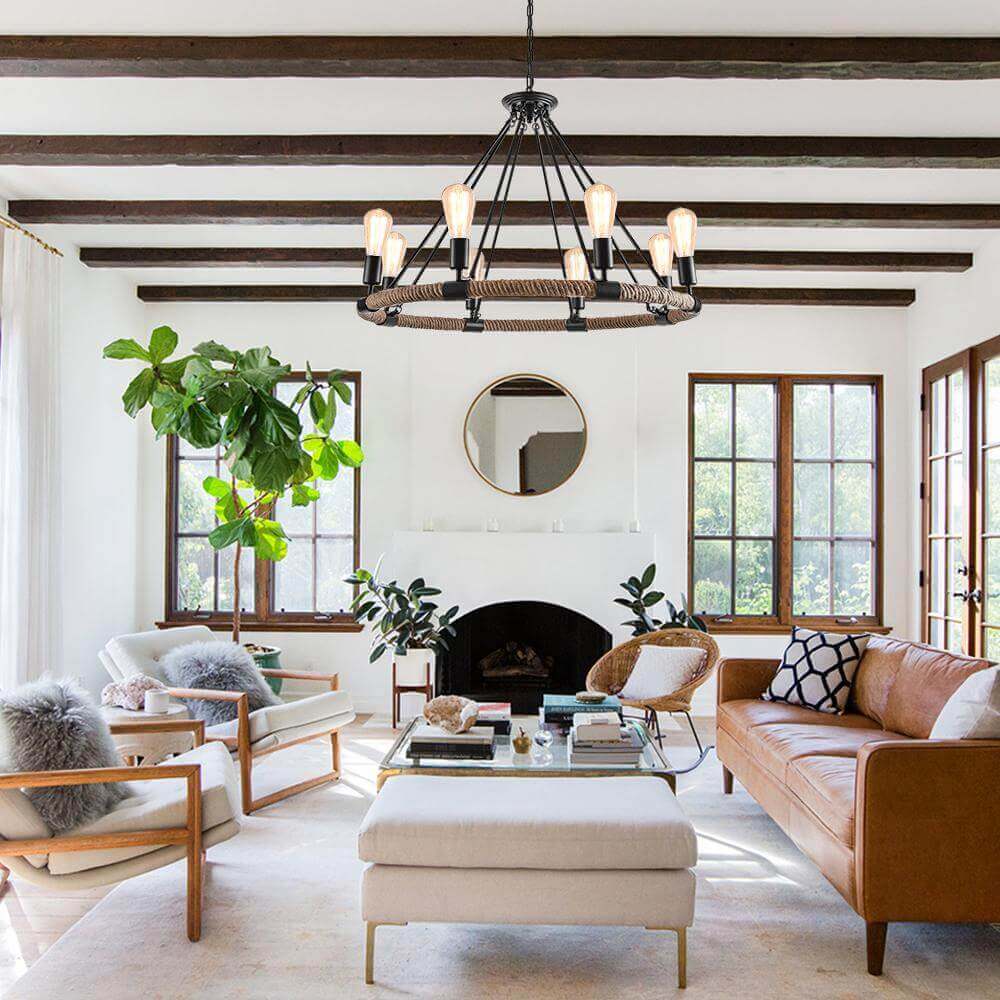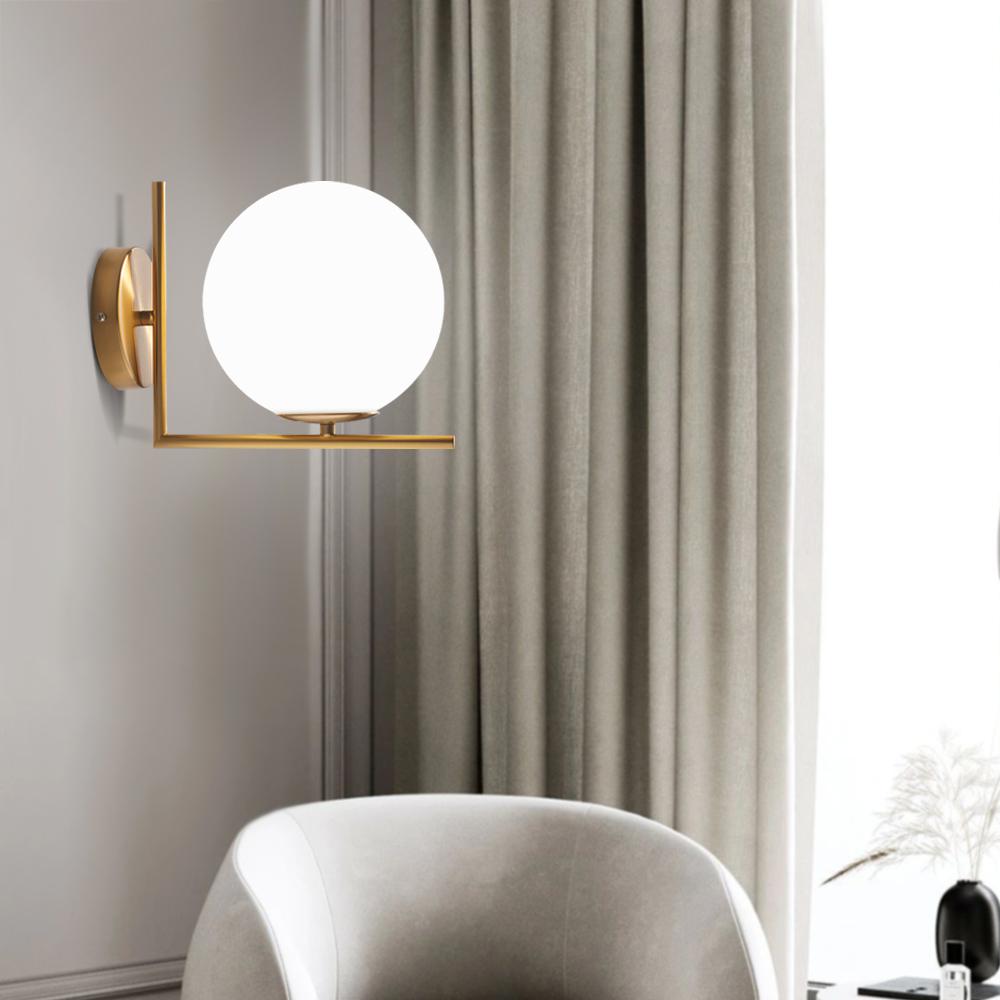Ideas & Advice
Chandelier Size & Height: Quick Formulas
1) Size it right Rooms (sitting room, bedroom, open-plan areas)Diameter (cm) ≈ 8.3 × [L(m) + W(m)]. In very large spaces, consider a linear chandelier or multiple fittings for even spread. Dining tablesRound: diameter ≈ ½–⅔ of table width.Linear: length ≈ table length − 30–45 cm. Kitchen islandsSingle linear: length ≈ island length − 30–45 cm.Multiple pendants: pick shade diameter first, then calculate count & spacing (see §3). 2) Hang it at the right height General roomsMaintain ≥ 2.1 m (≈ 7') clearance where people walk. Over a coffee table (no traffic), you can dip slightly if sightlines remain clear. Dining tables & islands75–90 cm above the tabletop/worktop (30–36"). For ceilings above 2.7 m, raise ~7–8 cm per extra 30 cm of ceiling height. Halls, landings & stairsOne-storey halls: keep ≥ 2.1 m clearance.Two-storey halls: the bottom of the chandelier often looks best between the first- and second-storey sightlines (~2.4–3.0 m above floor), while preserving 2.1 m minimum where people pass. Over stairs, keep ≥ 2.1 m above each tread. 3) Island pendants—count & spacing (works every time) Usable length = island length − 30 cm (15 cm setback per end). Choose shade diameter (e.g., 30 cm). Choose count (2–3 typical; 4 for very long islands). Gap total = usable length − (count × diameter). Gaps = count − 1. Centre-to-centre = gap size + diameter. Example (3 × 30 cm pendants on a 2.74 m island)Usable = 274 − 30 = 244 cmGap total = 244 − (3 × 30) = 154 cmGaps = 2 → gap = 77 cm → c-to-c = 77 + 30 = 107 cm Quick reference25–30 cm shades → 60–75 cm c-to-c35–40 cm shades → 75–90 cm c-to-c 4) Ceiling height, mounts & slopes Proportion guide: fixture height (cm) ≈ ceiling height (m) × 21–25. 2.3–2.4 m ceilings: consider semi-flush/low-profile options. 3.0–4.2 m ceilings: ensure sufficient downrods/chain; order extensions if needed. Sloped ceilings: confirm the canopy is slope-capable or use an adapter. 5) UK specifics: safety, caps & compliance Mains: the UK supply is 230 V, 50 Hz. Always use luminaires/lamps rated for GB mains. Lamp caps: the most common at home are E27/E14 (Edison screw) and B22/B15 (bayonet), plus GU10 and G9 for spots. Check cap type before you buy. Bathrooms: follow UK bathroom zones and IP ratings (e.g., Zone 1 typically needs IPX4 / IP44 or higher; IP65 widely used; Zone 0 requires IP67). Consult a qualified electrician. Regulations: Domestic electrical work is governed by Part P and must comply with BS 7671 (IET Wiring Regulations). Notifiable work should be carried out/certified by a registered electrician (NICEIC, NAPIT, etc.). Marking: for Great Britain, look for appropriate UKCA and/or CE product marking per current GOV.UK guidance.
Learn more





